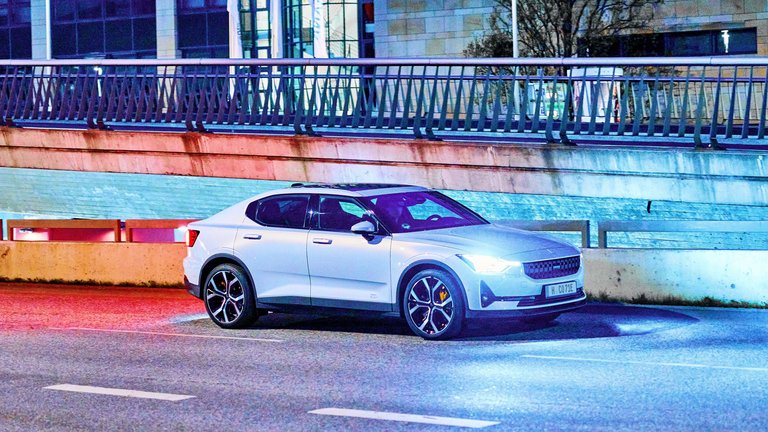Electric cars require innovative brake systems
Electrification has brought new challenges to vehicle brakes. Electric cars brake differently than those with combustion engines and do so to a large extent automatically using the electric motor to recover brake energy. Thanks to the high rate of recuperation, the brake is only seldom used in many everyday driving situations. While one might think this would lead to a long service life for brake pads and discs, precisely the opposite is true in the case of disc brakes. Low use renders them more prone to corrosion and, following long periods of non-actuation, they lose braking power, of which 100 percent needs to be available at all times. In the case of brake systems for electric cars, Continental has therefore resorted to a tried and tested principle: the EPB-Si drum brake for the rear axle. Owing to its closed design, this causes virtually no particle emissions, is corrosion-resistant and requires little maintenance. An integrated electric parking brake also offers great freedom and more options when designing the vehicle interior. Moreover, the system is scalable and suitable for vehicles weighing more than 3.5 metric tons in some cases. Continental has also developed a green brake caliper with advanced functions for disc brakes on the front axle and for heavier vehicles. With this product, the pad surface and brake caliper dimensions are reduced to a minimum, while a larger gap and the possibility of actively moving the pad further back from the brake disc additionally lower the residual resistance.
Future brake systems must be able to do more than “merely” brake the vehicle safely. They also need to make a significant contribution to efficiency and meet new requirements for automated driving. Another Continental development in this area is the electrohydraulic MK C2 brake system. This supports the transition to a real brake-by-wire in which the brake pedal is decoupled from the actual pressure generation. Once the pedal position is detected electronically, a high-performance motor generates the boosted brake pressure and is able to brake the vehicle in fractions of a second. The MK C2 achieves up to around 30 percent higher efficiency during recuperation. During automated driving according to SAE level 3 or higher, the MK C2 can in turn generate considerable dynamic brake pressure in milliseconds as soon as the automation system or an assistance system so requires. It is therefore predestined for new interior concepts and cockpit dimensions.

